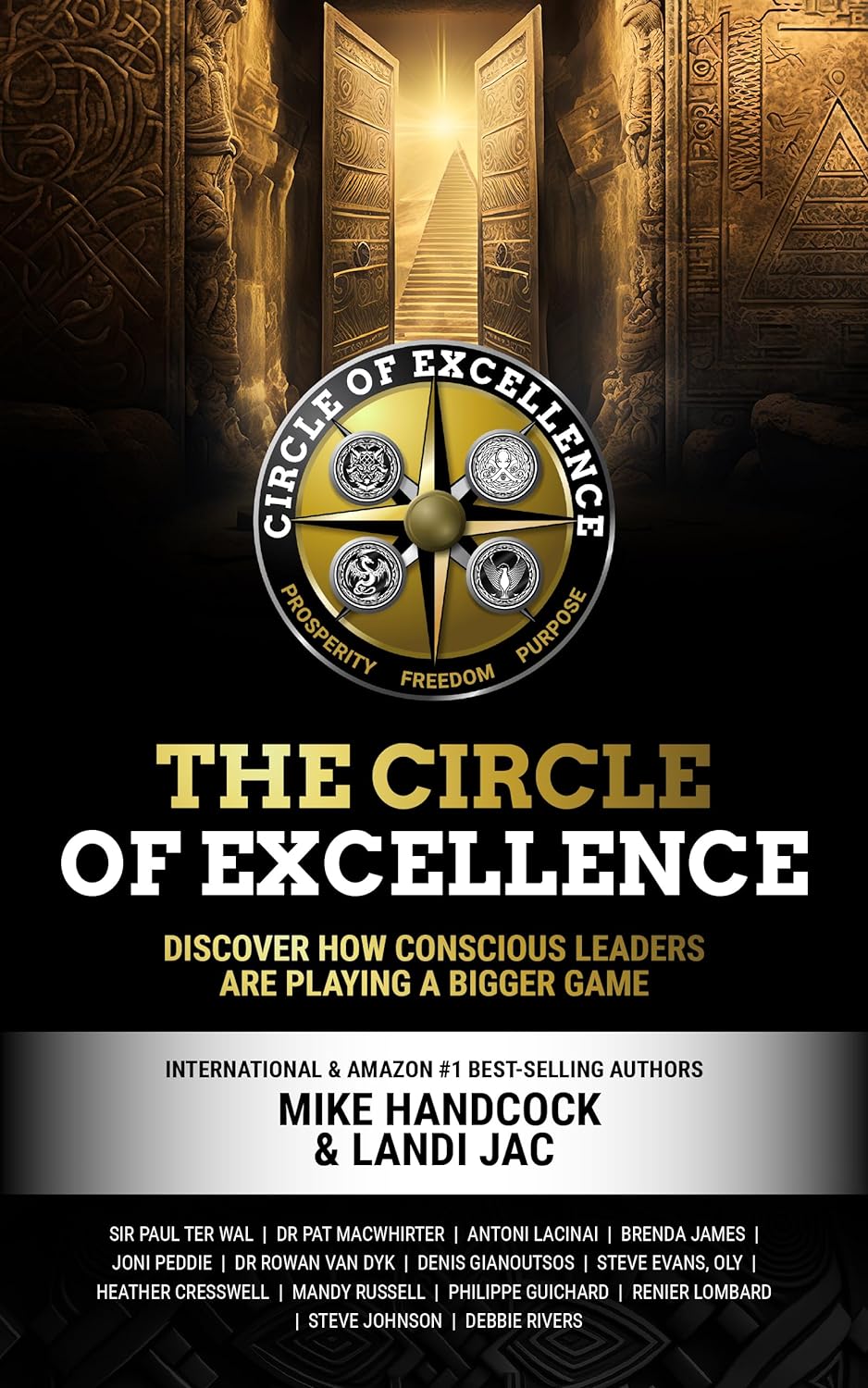Antoni Lacinai
“What is the difference between hearing and listening?”
Studies show that active listening strengthens relationships and resolves conflicts.
Harvard Business Review emphasizes it’s about grasping emotions and intentions behind words.
Empathy is crucial, enabling us to feel what others feel, and enhancing genuine understanding.
A University of Rochester study found empathetic listening can accelerate healing.
It transforms communication from monologues into dialogues, deepening relationships and reducing misunderstandings. We connect on a deeper human level.
PS – on a scale from 1-10 where 1 is “Shut up, I am talking” and 10 is “Fascinating, tell me more” – How great are you at listening?
Team Antoni Explains
Antoni Lacinai is emphasizing the distinction between hearing and active listening in this passage.
Here’s a breakdown of the key points:
Difference between Hearing and Listening:
Antoni Lacinai is prompting readers to reflect on the disparity between simply hearing sounds and actively engaging in listening. This distinction is vital, as listening involves a conscious effort to understand and interpret the emotions and intentions conveyed through words.
Benefits of Active Listening:
Lacinai refers to studies that highlight the positive impact of active listening on relationships and conflict resolution. Active listening goes beyond just hearing words; it involves grasping the emotions and intentions behind the words spoken by others.
Importance of Empathy:
The passage underscores the role of empathy in effective listening. Empathy enables individuals to not only comprehend the words being said but also to feel and understand the emotions behind those words. This empathetic listening contributes to genuine understanding and connection on a deeper human level.
Positive Outcomes of Empathetic Listening:
Lacinai mentions a study from the University of Rochester, which suggests that empathetic listening can expedite the healing process. This implies that understanding and acknowledging others’ feelings can have a positive impact on well-being and relationships.
Transformation of Communication:
The passage suggests that active listening transforms communication dynamics. It shifts conversations from mere monologues to engaging dialogues, fostering deeper relationships and reducing the likelihood of misunderstandings.
Engagement Scale:
The concluding part introduces a scale from 1 to 10, humorously assessing one’s listening skills. This adds a playful element to the serious message, prompting readers to reflect on their own listening abilities and perhaps encouraging a more conscious effort to become better listeners.
Antoni Lacinai advocates for a mindful and empathetic approach to listening, highlighting its positive impact on relationships, understanding, and overall communication dynamics.







